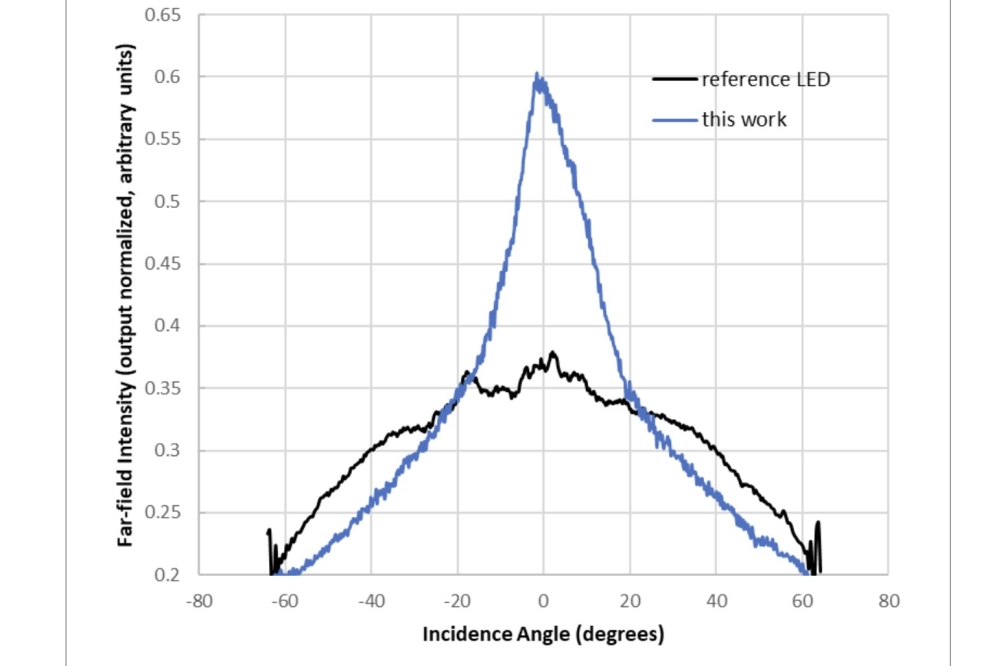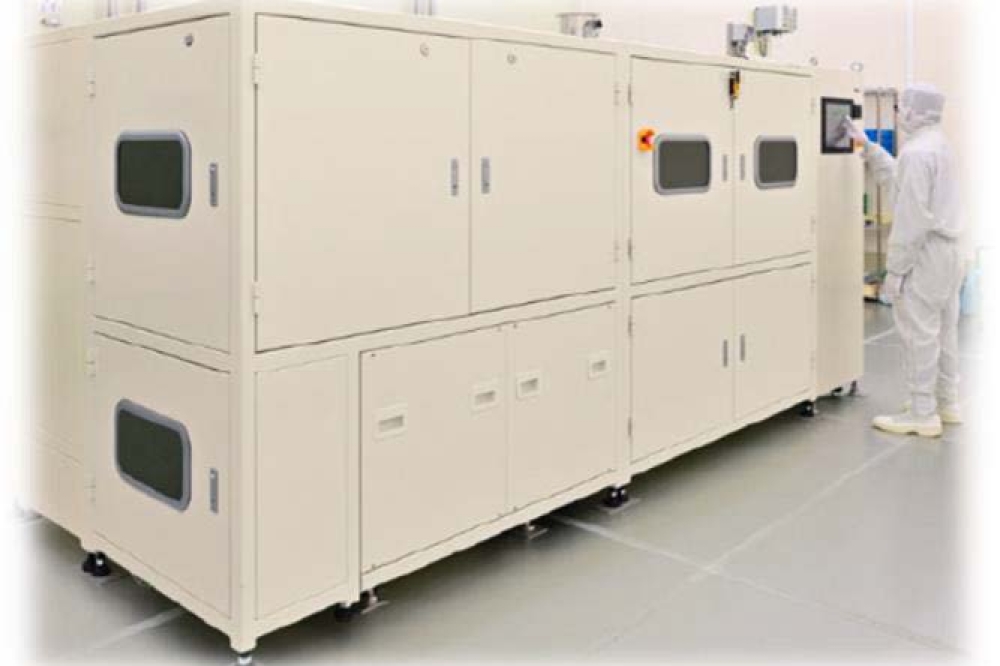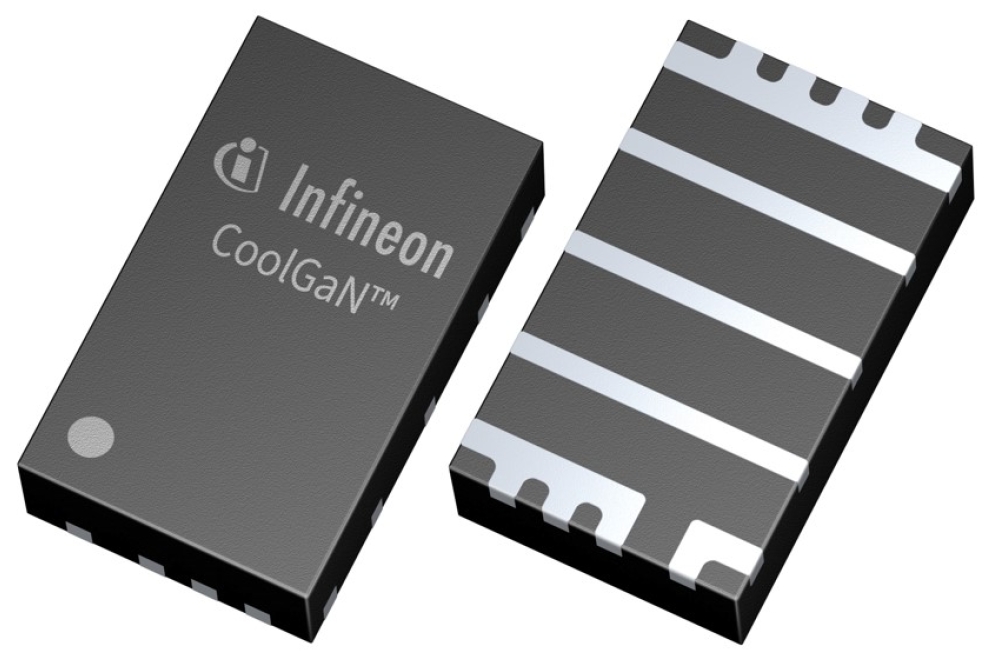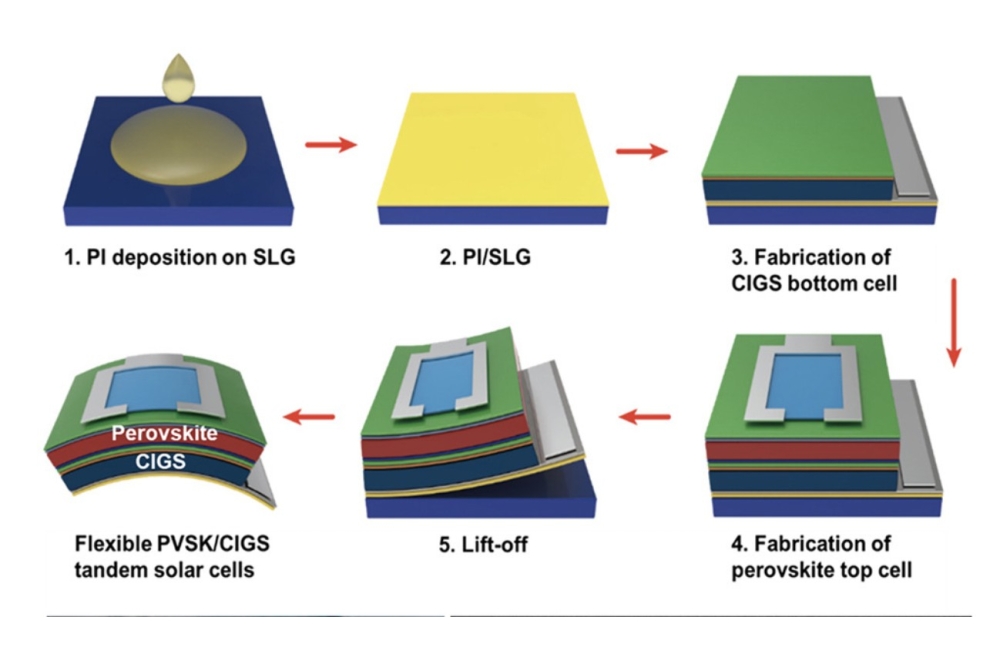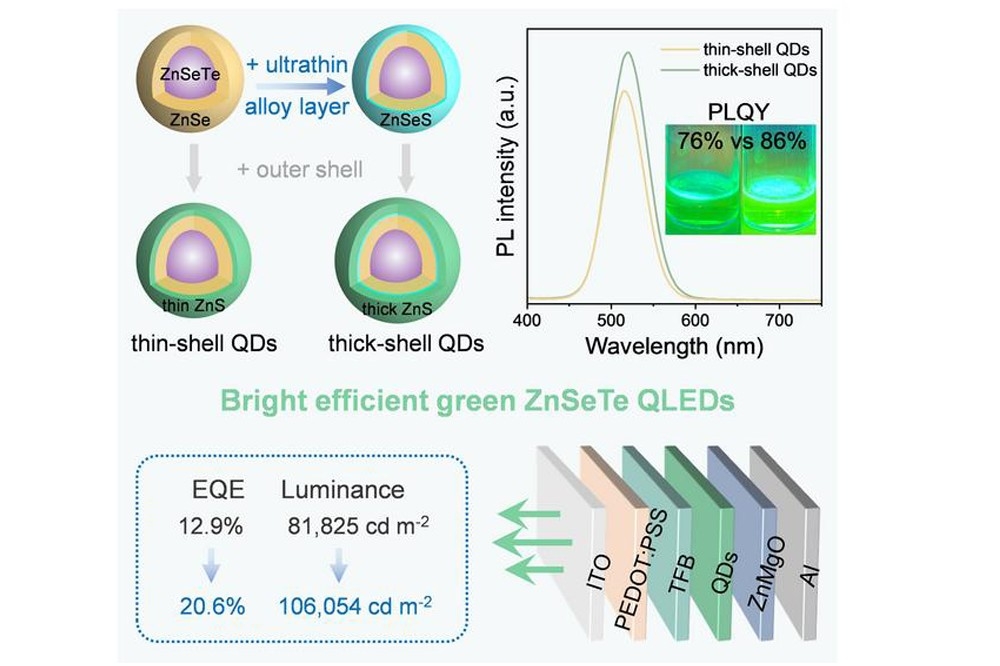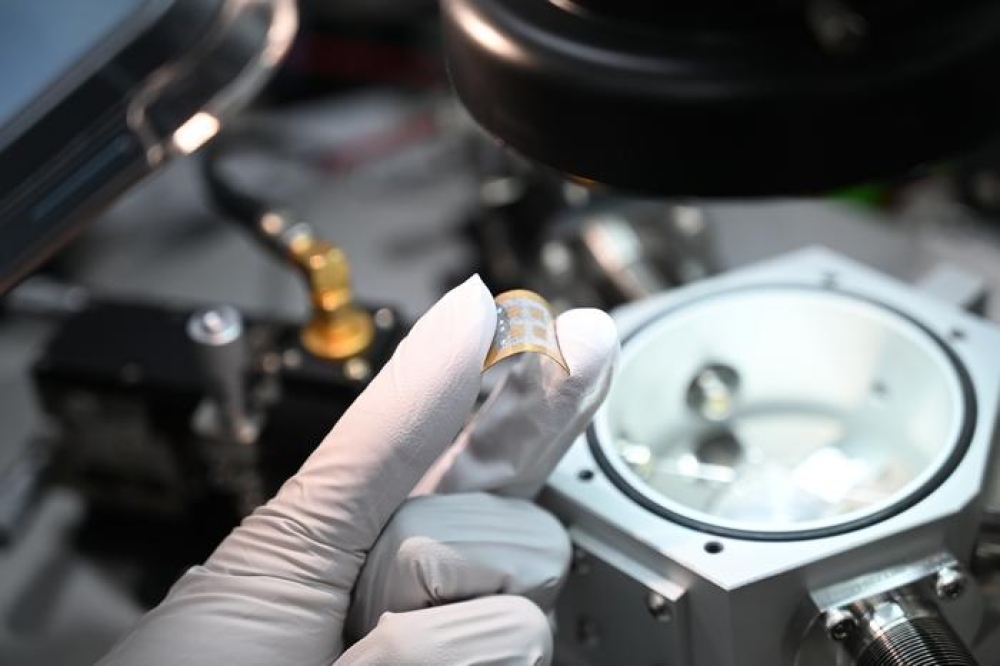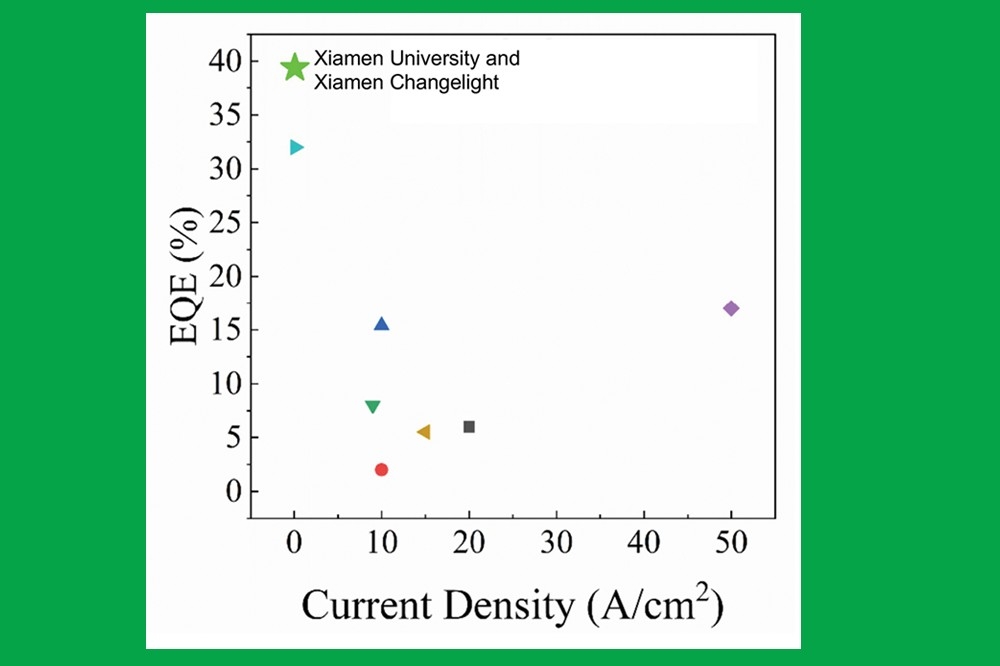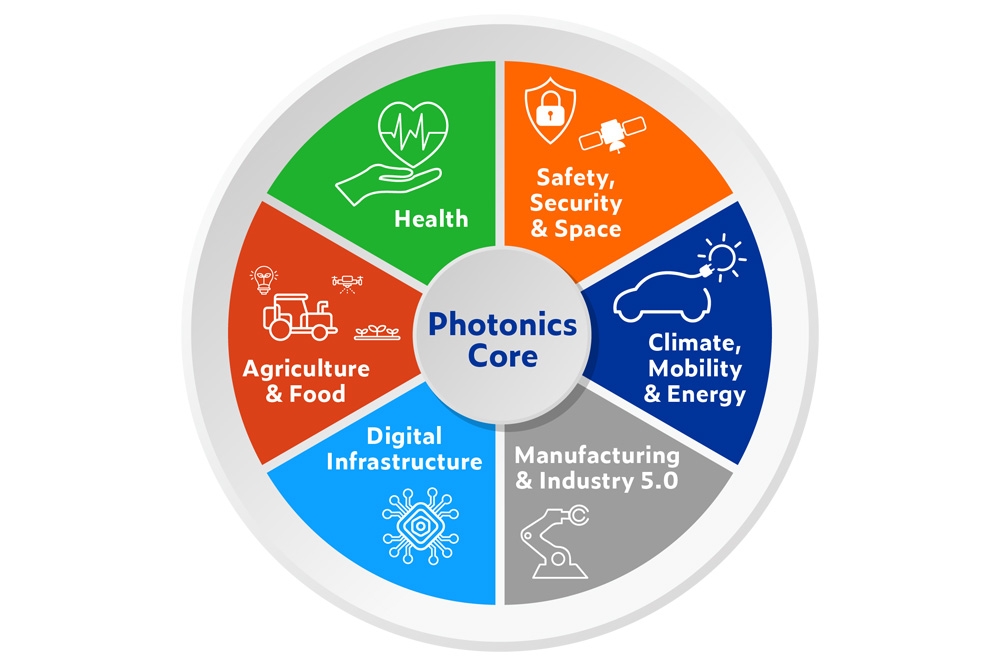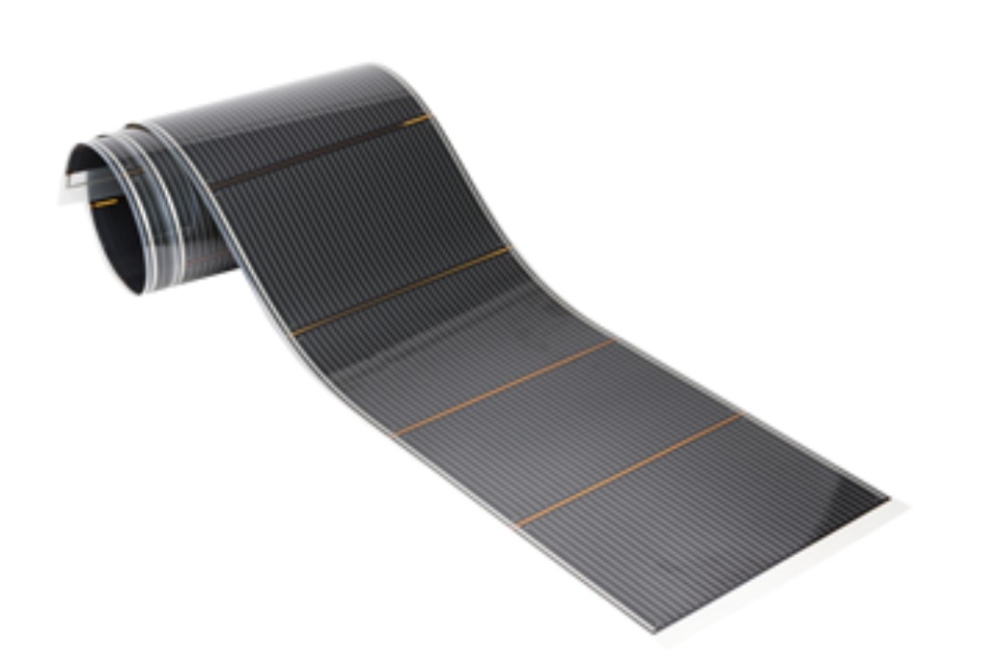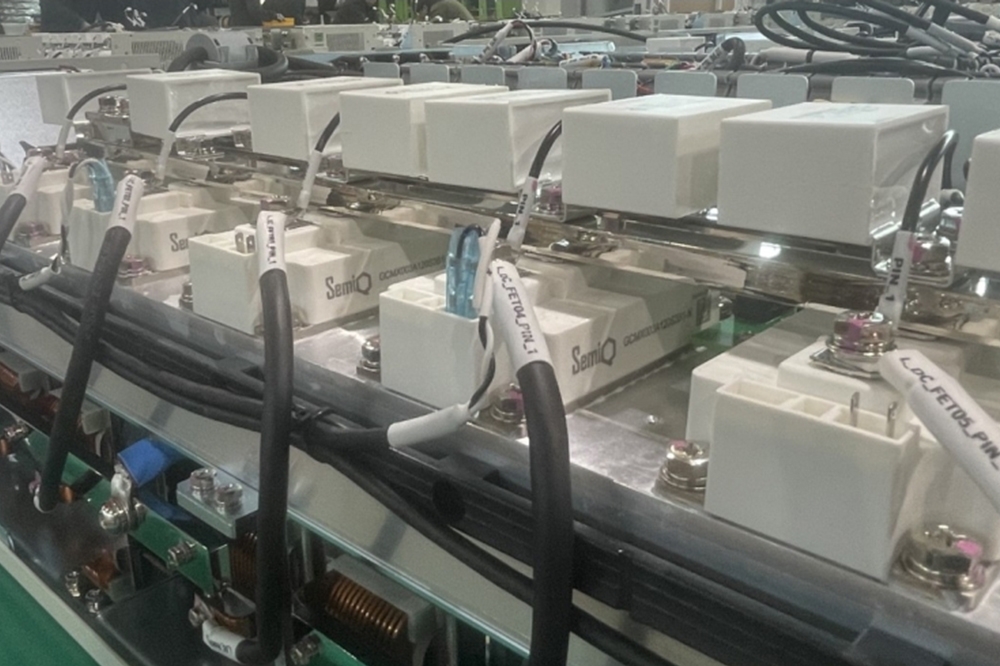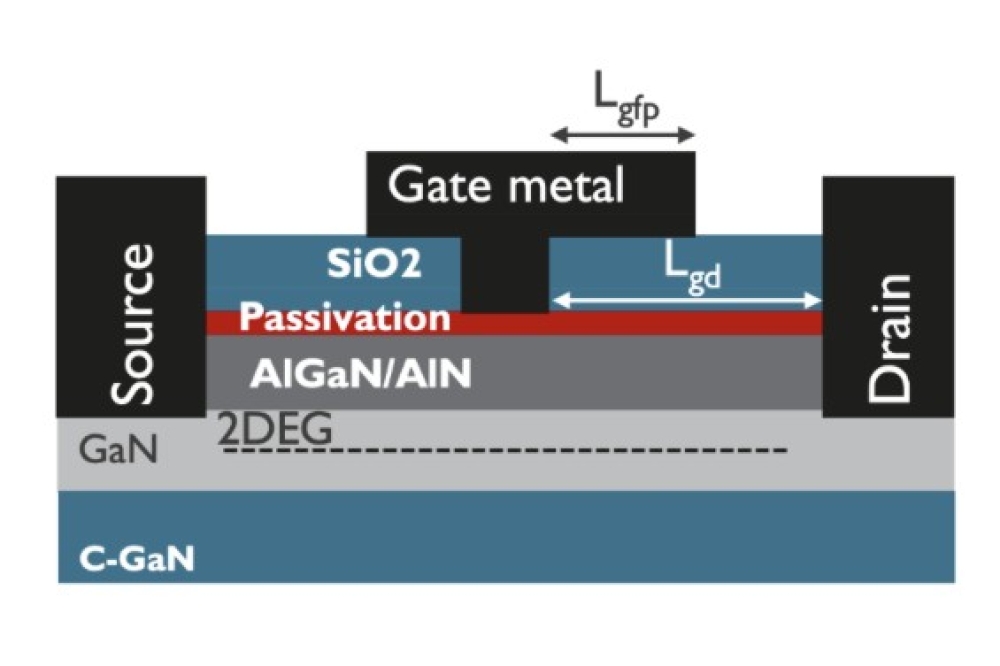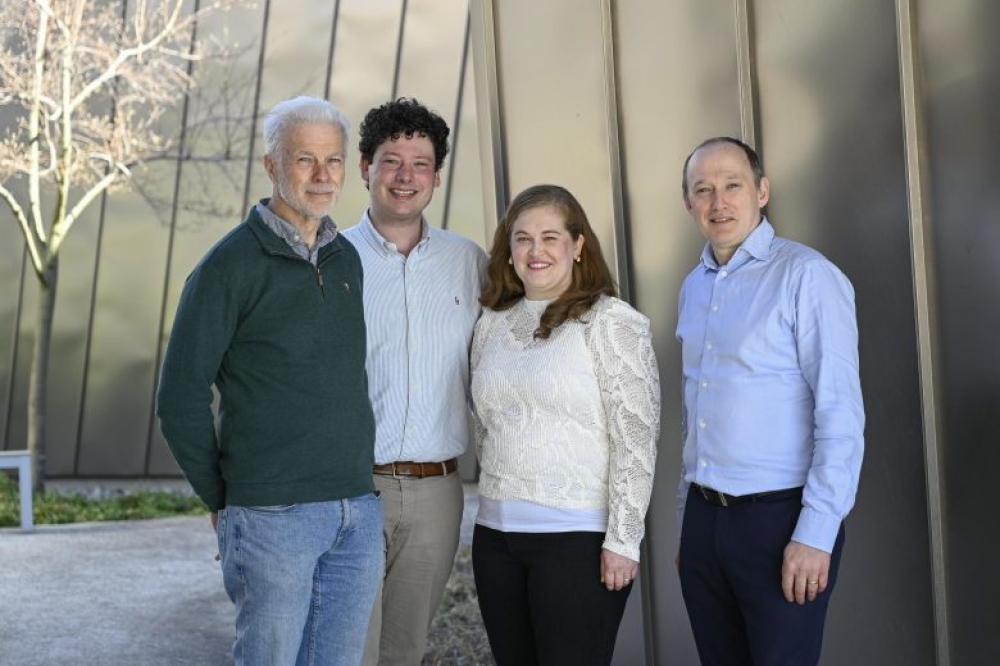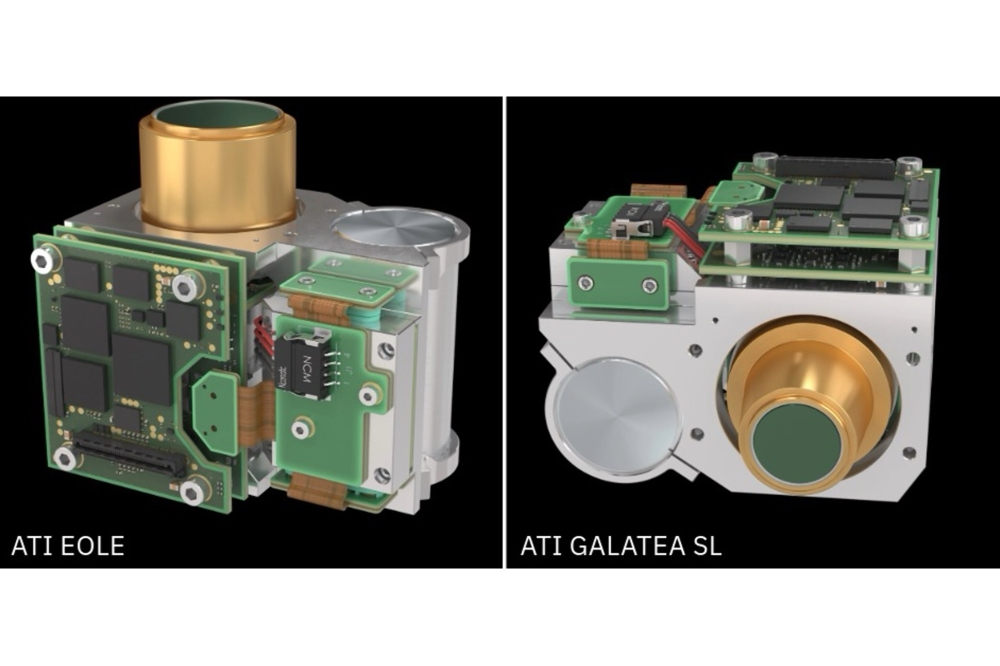NSF funds research into Gallium Oxide traction inverters

Project explores integration of gallium oxide packaged power modules to enhance the performance of EVs.
The US National Science Foundation has given a $300,000 grant to Xiaoqing Song (pictured above), an assistant professor in the University of Arkansas to support his research on advancing high density and high-operation-temperature traction inverters.
Song's project explores the integration of gallium oxide packaged power modules to enhance the power density and temperature range of electric vehicles.
Collaborating with the National Renewable Energy Laboratory, the project sets out to innovate power module packaging, establish reliable strategies for gallium oxide power devices and demonstrate the capabilities of a high density, high temperature traction inverter.
"By eliminating technical barriers for gallium oxide device integration, this project will foster the development of next-generation, high density and high-operation-temperature power converters," Song said.
The traction inverter, responsible for converting stored direct current (DC) power into alternating current (AC) power to drive electric motors, stands to benefit significantly from gallium oxide technology. Song said, "Gallium oxide can make the traction inverter smaller, lighter, more efficient and capable of operating across a wider range of temperatures.
"Gallium oxide has a larger band gap energy compared to conventional silicon and wide band gap semiconductors. It enables high breakdown electrical strength, low intrinsic carrier concentration and correspondingly high operation temperatures," Song said.
One challenge addressed in the project is the low thermal conductivity of gallium oxide, which hinders efficient heat removal. Song outlines the plan to develop advanced power module packaging techniques that enable low thermal resistance, low parasitic inductances and high-temperature operation capability.
"National Renewable Energy Laboratory (NREL) has significant experience in power module simulation, fabrication and characterization, as well as world-class experimental and lab capabilities for evaluating and designing efficient and reliable power electronics systems. The PI will collaborate with them to design and develop a gallium oxide-based high density and operation-temperature traction inverter for automotive applications. This project will help establish a long-term partnership with NREL that can catalyze further research and development of ultra-wide bandgap power semiconductor devices," Song said.
Song shared that the collaboration with the National Renewable Energy Laboratory aims to design and develop a gallium oxide-based high density and high-operation-temperature traction inverter for automotive applications, fostering a long-term partnership that can drive further research in ultra-wide bandgap power semiconductor devices.
"Other applications include power grids, data centres, renewable energy, space and defence, etc.," Song added.
The success of the project, he believes, will provide valuable insights into gallium oxide device modelling, packaging, gate driving, protection and application in power converters. These advancements are expected to catalyze progress in transport electrification and the deployment of gallium oxide technology in challenging environments.


